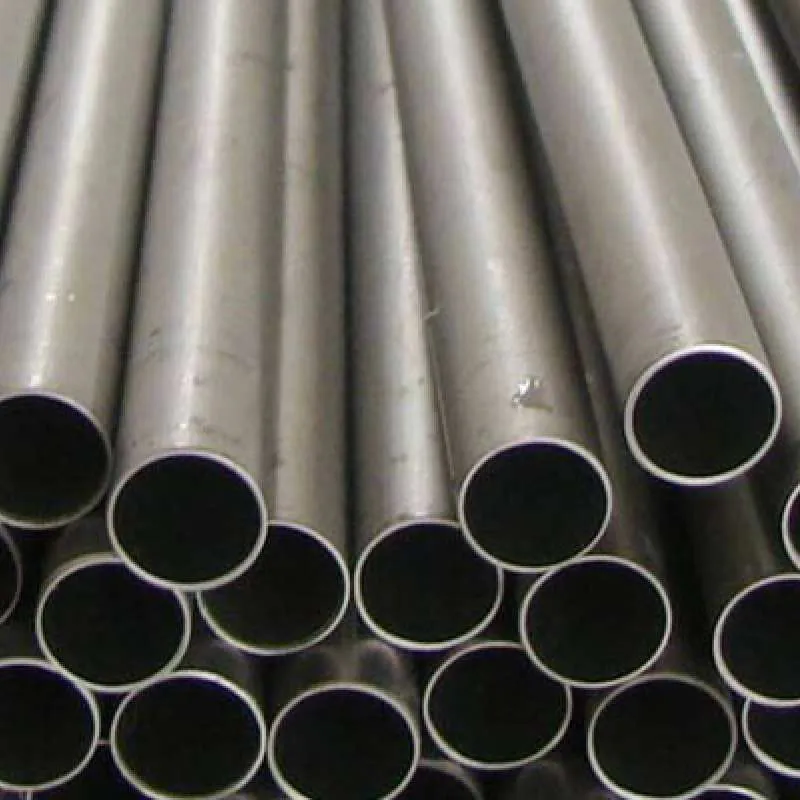-
Cangzhou Yulong Steel Co., Ltd.
-
Phone:
+86 13303177267 -
Email:
admin@ylsteelfittings.com
- English
- Arabic
- Italian
- Spanish
- Portuguese
- German
- kazakh
- Persian
- Greek
- French
- Russian
- Polish
- Thai
- Indonesian
- Vietnamese
- Zulu
- Korean
- Uzbek
- Hindi
- Serbian
- Malay
- Ukrainian
- Gujarati
- Haitian Creole
- hausa
- hawaiian
- Hebrew
- Miao
- Hungarian
- Icelandic
- igbo
- irish
- Japanese
- Javanese
- Kannada
- Khmer
- Rwandese
- Afrikaans
- Albanian
- Amharic
- Armenian
- Azerbaijani
- Basque
- Belarusian
- Bengali
- Bosnian
- Bulgarian
- Catalan
- Cebuano
- China
- China (Taiwan)
- Corsican
- Croatian
- Czech
- Danish
- Esperanto
- Estonian
- Finnish
- Frisian
- Galician
- Georgian
- Kurdish
- Kyrgyz
- Lao
- Latin
- Latvian
- Lithuanian
- Luxembourgish
- Macedonian
- Malgashi
- Malayalam
- Maltese
- Maori
- Marathi
- Mongolian
- Myanmar
- Nepali
- Norwegian
- Norwegian
- Occitan
- Pashto
- Dutch
- Punjabi
- Romanian
- Samoan
- Scottish Gaelic
- Sesotho
- Shona
- Sindhi
- Sinhala
- Slovak
- Slovenian
- Somali
- Sundanese
- Swahili
- Swedish
- Tagalog
- Tajik
- Tamil
- Tatar
- Telugu
- Turkish
- Turkmen
- Urdu
- Uighur
- Welsh
- Bantu
- Yiddish
- Yoruba

Aug . 15, 2024 14:38 Back to list
Techniques for Efficiently Joining Pipes Through Welding Methods and Best Practices for Success
Welding Pipe Together Techniques and Considerations
Welding pipe together is a crucial process in various industries, including construction, manufacturing, and oil and gas production. This technique ensures the structural integrity and durability of piping systems that transport liquids, gases, or even solids. Proper welding not only enhances the reliability of the pipes but also contributes to the overall efficiency of the operations they support. In this article, we will explore the techniques, types of welding, and essential considerations for successfully welding pipes together.
Techniques of Welding Pipes
There are several welding techniques used to join pipes, each with its own advantages and applications
.1. Shielded Metal Arc Welding (SMAW) This traditional welding technique involves using a consumable electrode coated in flux to create an electric arc between the electrode and the base metal. SMAW is versatile and can be used on various materials, including carbon steel and stainless steel. It is commonly used in field welding due to its portability and effectiveness in various conditions.
2. Gas Tungsten Arc Welding (GTAW) Also known as TIG (Tungsten Inert Gas) welding, GTAW uses a non-consumable tungsten electrode to produce the weld. This method is particularly beneficial for thin-walled pipes and provides high-quality welds with excellent aesthetic finishes. GTAW demands skilled operators but is advantageous for projects that require precision and minimal cleanup.
3. Gas Metal Arc Welding (GMAW) Also referred to as MIG (Metal Inert Gas) welding, GMAW employs a continuous feed of filler metal that is melted and joined with the base metal. This technique is efficient for welding pipes in manufacturing environments where speed and automation are essential. GMAW can be utilized on thicker materials and is less labor-intensive compared to other methods.
4. Submerged Arc Welding (SAW) SAW is primarily used for industrial applications involving large-diameter pipes. In this method, the weld is shielded from the atmosphere by a blanket of granular fusible material. This technique produces deep penetration and high deposition rates, making it suitable for heavy-duty applications.
welding pipe together

Considerations for Welding Pipes
When welding pipes together, several factors must be taken into account to ensure a successful and safe operation.
1. Material Compatibility Understanding the type of materials being welded is critical. Different metals require different welding techniques and filler materials. Additionally, knowledge of the metallurgical properties of the materials helps prevent issues such as cracking and distortion.
2. Preparation and Fit-Up Proper surface preparation and fit-up are essential for achieving strong welds. The edges of the pipes should be cleaned of contaminants like rust, oil, and dirt. The alignment and gap between pipes must also be carefully managed to ensure a uniform weld.
3. Welder Skill Level The skill and experience of the welder play a significant role in the quality of the weld. Ongoing training and qualification are crucial to maintain high standards. Welders should be familiar with the specific technique being used and the specific requirements of the project.
4. Post-Weld Treatment After welding, it is often necessary to carry out post-weld heat treatments or inspections. These processes help to relieve residual stresses and ensure the integrity of the welded joint. Common inspection methods include visual checks, ultrasonic testing, and X-ray examination.
5. Safety Precautions Welding operations pose safety risks, including exposure to harmful fumes, burns, and electric shock. Proper safety gear, including gloves, helmets, and protective clothing, is essential. Additionally, ensuring adequate ventilation and following safety protocols can mitigate risks.
In conclusion, welding pipes together is a multifaceted process that demands technical skills, knowledge of materials, and adherence to safety standards. Whether choosing SMAW, GTAW, GMAW, or SAW, understanding the specific requirements and challenges of the project is essential for achieving durable and reliable welds. With careful planning and execution, the art of welding can significantly contribute to the efficiency and longevity of piping systems in various industries.
Latest news
-
ANSI 150P SS304 SO FLANGE
NewsFeb.14,2025
-
ASTM A333GR6 STEEL PIPE
NewsJan.20,2025
-
ANSI B16.5 WELDING NECK FLANGE
NewsJan.15,2026
-
ANSI B16.5 SLIP-ON FLANGE
NewsApr.19,2024
-
SABS 1123 FLANGE
NewsJan.15,2025
-
DIN86044 PLATE FLANGE
NewsApr.19,2024
-
DIN2527 BLIND FLANGE
NewsApr.12,2024
-
JIS B2311 Butt-Welding Fittings LR/SR 45°/90° /180°Seamless/Weld
NewsApr.23,2024











